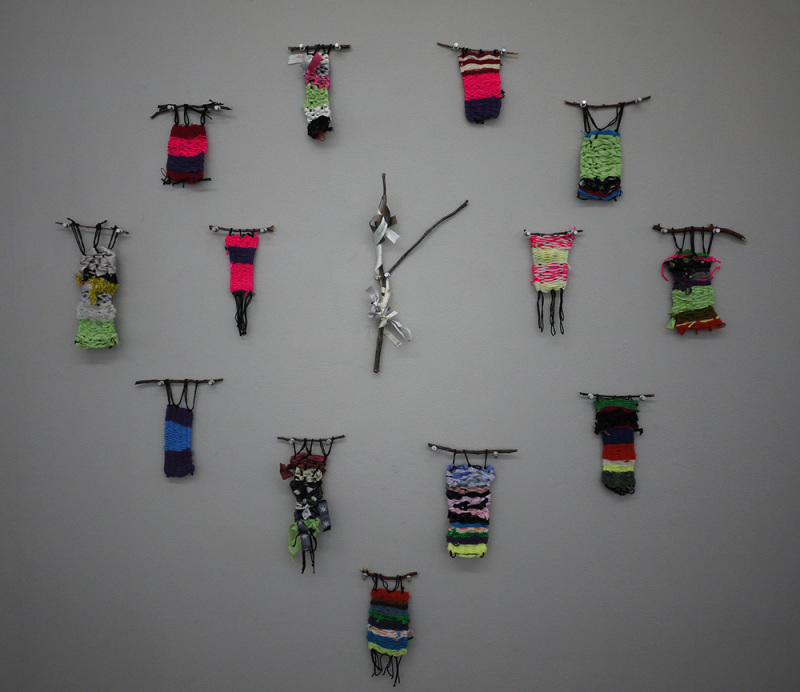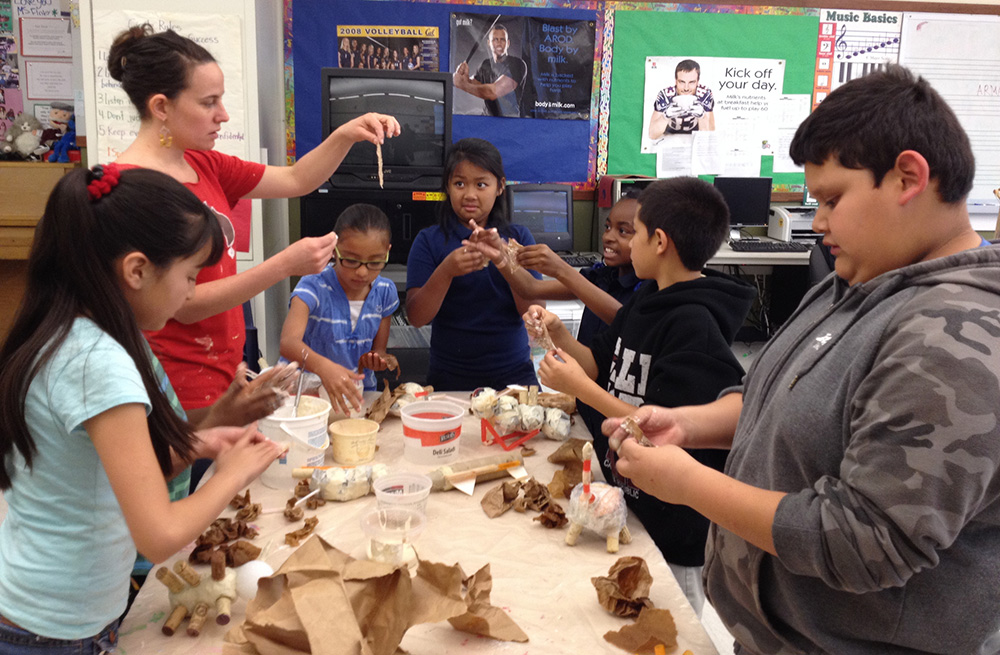Great article in the NY Times that talks about the huge benefits of using art as a teaching tool.
We firmly believe that STEAM (science, technology, engineering, ART, match) and arts integration are crucial in K-12 education. Using art as a tool to teach students about the STEM subjects, ensures that creativity doesn’t fall by the wayside and is an important part of our Art in the Community programs.
When a child learns to think like an artist, she can apply that thinking to any career she pursues, which is why our efforts to bring this innovative initiative – STEAM – to Richmond children is so important. We’re helping our city’s next generation how to think creatively, to be innovative and preparing them for any career they choose.
This article originally appeared in the NY Times, you can read it there as well.
By Henry Fountain
Engineering and art were not always completely separate disciplines. Take Leonardo da Vinci, who seamlessly combined the two.
“Five hundred years ago, you couldn’t really tell the difference between artists and engineers,” said James Michael Leake, director of engineering graphics at the University of Illinois, Urbana-Champaign. But education has become balkanized and the field of engineering, in particular, more specialized, complex and math- and computer-oriented. Today’s engineering majors have little room for other pursuits.
“Learning how to think like an engineer is very powerful,” said Domenico Grasso, provost at the University of Delaware. “But other disciplines also have very powerful approaches to thinking.” Mr. Grasso has long been a proponent of holistic engineering, the idea that through cross-disciplinary learning students will be better able to understand, and design for, the human condition.
At Delaware, the work of putting engineering in a broader societal context involves an interdisciplinary collaboration on a senior design prototype. Among last year’s projects was a device humans can safely wear for chest compression simulations during cardiopulmonary training, and so replace mannequins. Art students made the device look more lifelike. Theater students, acting as patients, helped make it function more realistically.
“Engineers focus on how it works,” said Jenni Buckley, an assistant professor of mechanical engineering for the program. “Artists focus on the user experience.”
Few schools actually require engineering students to take art, but the University of Illinois comes close. Mr. Leake incorporates freehand sketching and computer-aided design in his engineering graphics class. Many universities have abandoned such a class altogether, or focus on computer drawing.
Mr. Leake, whose first degree is in art history, believes that learning to make even rudimentary drawings is critical to development as an engineer. “Typically, engineering students are not comfortable with sketching,” he said. “They say, ‘Oh, I can’t draw.’ ” But being able to quickly sketch to communicate an idea, he said, “is an enormously useful tool.” It also helps “see” an idea. “To do engineering you’ve got to be able to visualize.”
The Rhode Island School of Design thinks so much of the need to collaborate that it is spearheading a national initiative to incorporate art and design in STEM education — what it calls STEM to STEAM (as in science, technology, engineering, art and math). Art education, they argue, teaches the kind of risk-taking and creative problem-solving that can be applied to, say, health care and climate change.
In one independent project, R.I.S.D. architecture and design students built an 800-square-foot solar house with engineering majors from the school up the hill, Brown. The project, which culminated in a textile-draped, Flintstones-meets-Jetsons creation called Techstyle Haus, was one of two American entries in the 2014 Solar Decathlon Europe in Versailles, France.
Isby Lubin, a Brown engineering major, said R.I.S.D. design students helped her understand how to effectively use the space within the structure. She learned a lot about structural design, she said, and novel uses for strong, lightweight materials. “It’s been really amazing to work with R.I.S.D. students because of how focused they are on design,” Ms. Lubin said. “We were able to meet in the middle because we’re all trained with a really strong foundation. It’s just in different things.”
John Maeda, who championed STEM to STEAM as president of R.I.S.D. from 2008 to 2013, has degrees in electrical engineering and computer science as well as classical design. In a commentary last year for Scientific American, he wrote this about art/science synergy: “Both are dedicated to asking the big questions placed before us: ‘What is true? Why does it matter? How can we move society forward?’ Both search deeply, and often wanderingly, for these answers.”
You can see the original post on the NY Times website.


